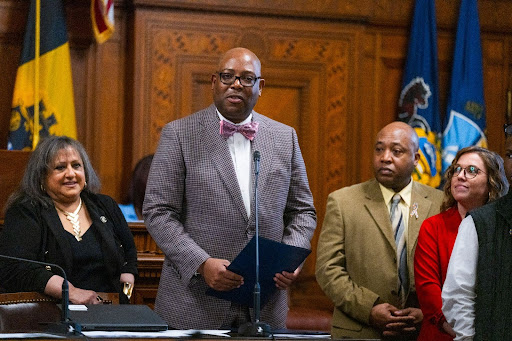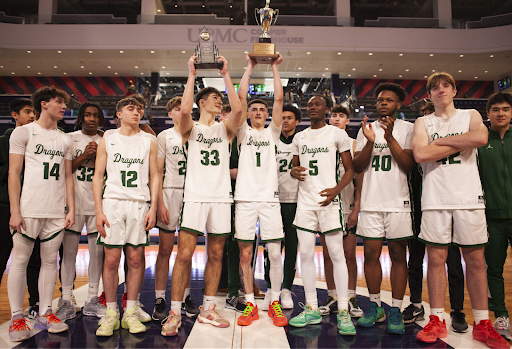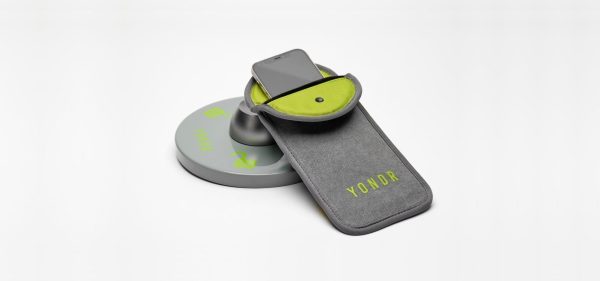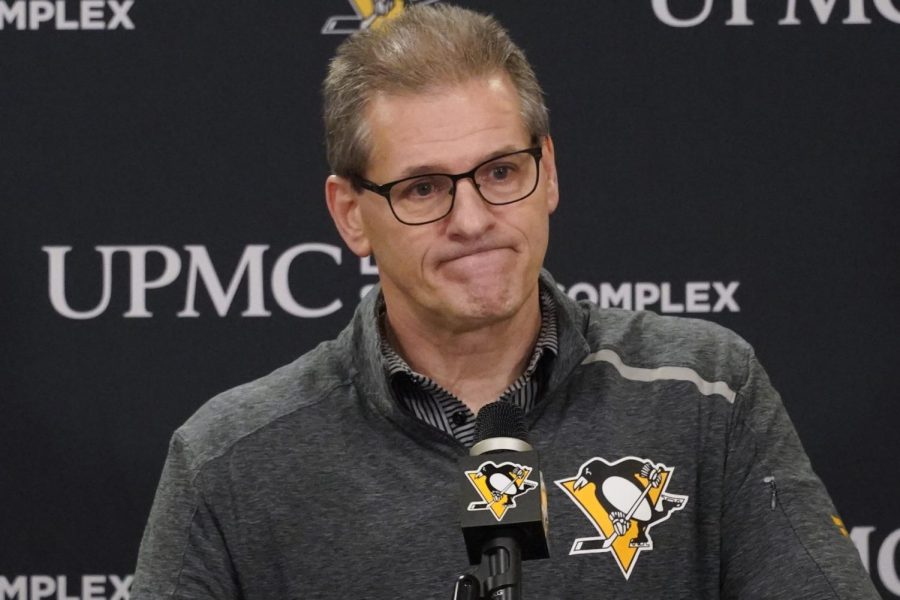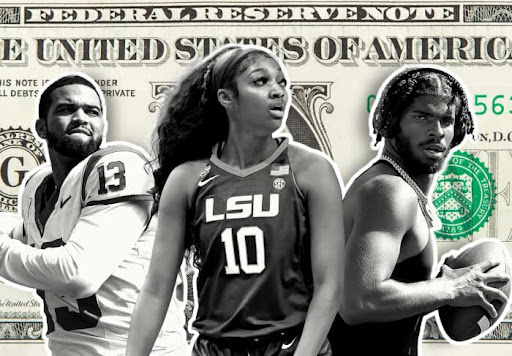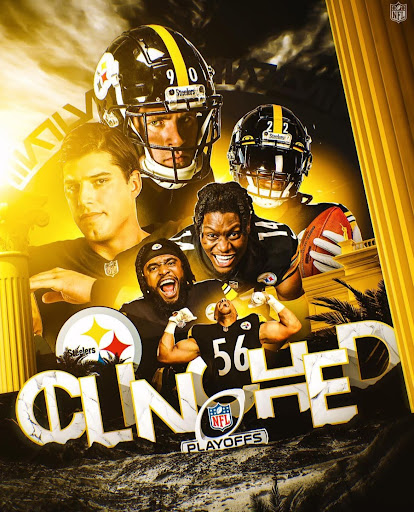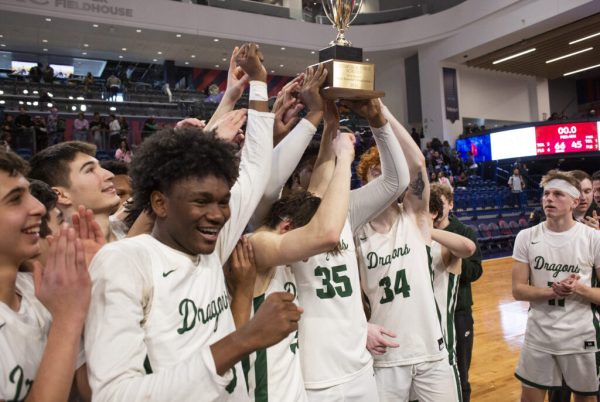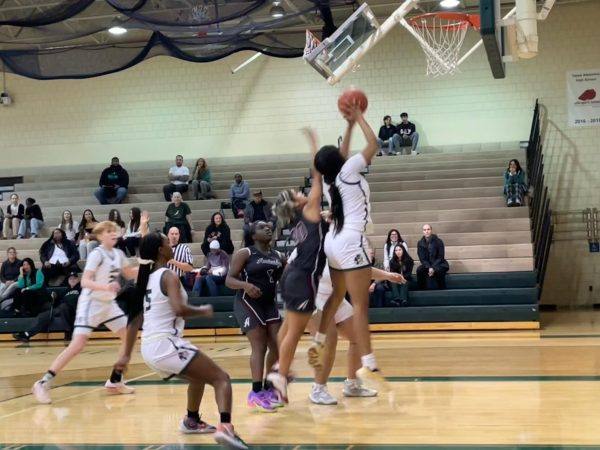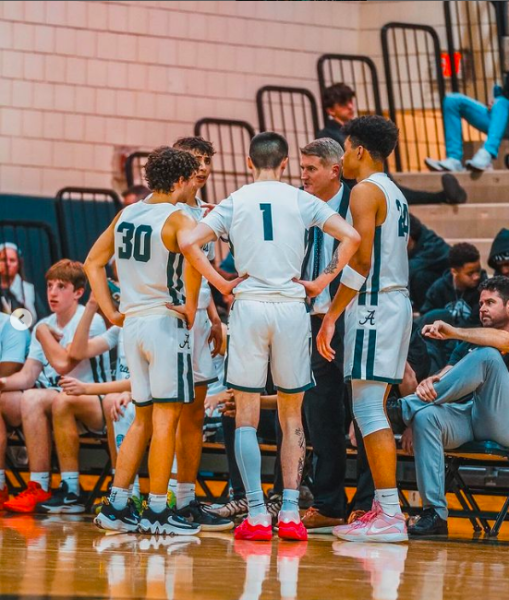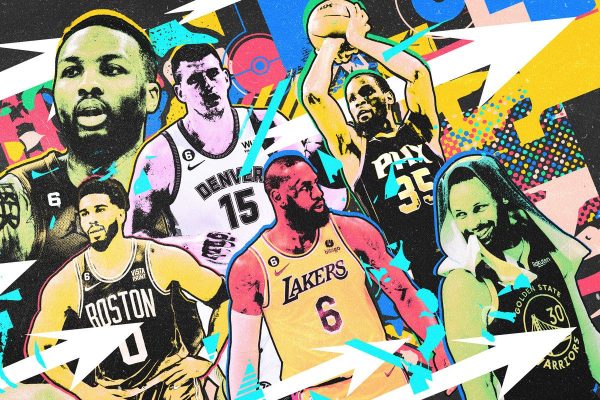How Two Years Of Terrible Decisions Led To Ron Hextall’s Firing
On Thursday, the Penguins announced that General Manager Ron Hextall, President of Hockey Operations Brian Burke, and Assistant General Manager Chris Pryor were all relieved of their duties as members of the Penguins front office.
“We are grateful to Brian, Ron, and Chris for their contributions to the organization over the past two seasons,” John Henry and Tom Warner of Fenway Sports Group said. “But we feel that the team will benefit from new hockey operations leadership. While this season has been disappointing, we believe in our core group of players and the goal of contending for the Stanley Cup has not changed.”
I’ve been following the Penguins my whole life. Over my years, I’ve spent countless nights almost religiously watching every game that I could. And I’ve written about them since Hextall had been hired. I’ve watched this team experience highs and lows, ups and downs, Stanley Cups and embarrassing playoff exits.
This was the most frustrating Penguins team I’ve ever watched in my life. And this team, this roster, comes from the top down. It comes from the guy who was tasked with molding this team.
Fans had been fed up for months, and now Fenway finally agreed and said enough is enough.
Ron Hextall had to go.
It was a decision that frankly took way too long. Even if Hextall had only had the job for barely two years, the argument could be strongly supported that he should have been fired last offseason.
I am of the belief that if the Penguins had fired Hextall last year, or even before the trade deadline this season, that the Penguins would be competing in the Stanley Cup Playoffs. How much better they would have been I’m not sure, but the moves made this season by Hextall were brutal, and did anything but help this team as they were in the fight of their lives for a playoff spot, a fight they ultimately lost.

But how did things get this bad? How did Ron Hextall and his regime take a once prideful organization, the holder of the longest active playoff appearance streak, and torpedo them into the ground?
When Jim Rutherford abruptly left and the Penguins brought in Hextall, I’ll admit, I was optimistic at first.
Sure, he didn’t have an amazing track record in Philadelphia. He missed on a few stars in the draft and some of his contract signings were head scratchers, but here was a guy who was advertised as someone who can keep the team competitive and in the postseason now, while also helping to build for the future, and prepare the team for the post-Crosby, Malkin, and Letang era.
It’s an idea that is admittedly very difficult, but Hextall went about both of these tasks in all the wrong ways.
In the beginning of his Penguins tenure, he looked competent. He picked up defenseman Mark Friedman off waivers from Philly, a player he knew quite well who has provided a physical aspect not many on this team have been able to when he has been in the lineup.
In his first trade deadline during the 2020-21 season, he acquired Jeff Carter in a trade for a few draft picks. Carter as of recent times has been the subject of many criticisms, but in the remaining games that season and ensuing, albeit brief playoff run, Carter looked great.
But something of note happened in that 2021 playoff run that ended in a first round exit to the New York Islanders: Tristan Jarry’s spectacular collapse.
Jarry had a nightmare of a series against the Islanders, and backup Casey DeSmith was injured for the whole series. Goaltending had killed the Penguins’ chances of a deep playoff run, but Hextall, who in his playing days was, get this, a goaltender, decided to simply run it back with the same duo the following season.
His inexcusable choices to continue not to improve the goaltending position would become a recurring theme during his time as Penguins general manager, but we’ll come back to that later on.
After the 2021 Stanley Cup Playoffs came the Expansion Draft for the incoming Seattle Kraken, the NHL’s 32nd franchise.
Hextall had some important choices to make in regard to who he was going to protect in the draft. Opting for the option to protect 7 forwards, 3 defenseman, and 1 goaltender, Hextall made some very odd decisions. And calling them odd is being nice.
Deciding that young forward Jared McCann was not worthy of a spot, he traded McCann to the Toronto Maple Leafs in exchange for prospect Filip Hallander (a Penguins draft pick pre-Hextall), and a 7th round pick in 2023.
While giving up McCann on its surface was not great, it looked even worse when it was revealed that Jeff Carter was among the forwards protected.
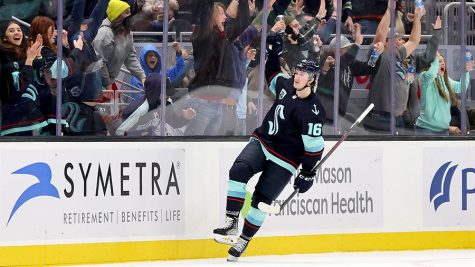
It’s not that Carter wasn’t at least in the mix of being worthy of a protected spot (at this time he was still pretty good), but Hextall lacked serious common sense. Jeff Carter at the time was 36 years old and openly contemplating retirement should he and his family have to move cities again.
While Seattle made some (at the time) questionable choices themselves at the Expansion Draft, there was no way that the Kraken were going to take Carter. It just wasn’t going to happen. The Kraken ended up taking forward Brandon Tanev.
The move looks even worse in hindsight, with Jared McCann having the two best seasons of his career in Seattle (McCann was selected from Toronto). In his first season he put up 27 goals and 50 points, while this season McCann reached the 40 goal plateau and was just a few points shy of being a point-per-game player. To add salt to the wound, Tanev also had a career year this season with the Kraken.
Yes, it is true that McCann’s number jump is partially due to an expanded role with the Kraken, but he was a great young player that Hextall decided to dump.
That same offseason, among other small signings, Hextall signed forward Brock McGinn, who we will circle back to.
In the offseason and through the trade deadline in 2022, Hextall decided to leave the goaltending as is. Casey DeSmith was still battling injury problems which led to the back and forth movement of third-string goalie Louis Domingue, who we will also talk about more soon, between the NHL and AHL.
At the deadline, Hextall made arguably the only trade that he did not get absolutely taken to the cleaners on. He sent depth forwards Dominik Simon and Zach Aston-Reese, goalie prospect Calle Clang, and a 2nd round pick to Anaheim for forward Rickard Rakell.
This was a win. Rakell has been amazing as a Penguin, including nearly 60 points this season.
Hextall also traded a conditional 7th round pick to the Winnipeg Jets for injured defenseman Nathan Beaulieu, who spent his entire Penguins tenure on Long Term Injured Reserve and never played a game. Needless to say the conditions on that pick weren’t met.
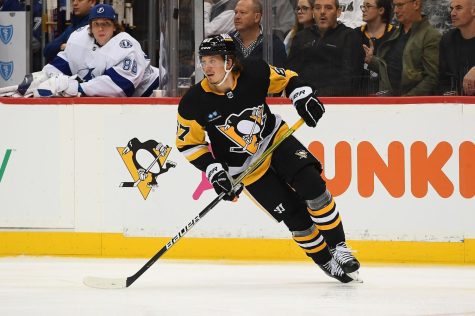
Hextall’s decision to leave the goaltending as it was would prove to be disastrous. For the second season in a row, the Penguins’ goaltending was their downfall.
DeSmith had to start the series due to an injury to Jarry, but after DeSmith went down with injury in Game 1, the Penguins were forced to turn to third-string Domingue, who almost became a folk hero forever to this fanbase.
But the magic ran out after Game 4, and Domingue would see his chance at being a hero, and the Penguins hopes to advance, slipping right through their hands.
The Penguins let a 3-1 series lead slip away and in Game 7, in an act of desperation, put Jarry back in net. Jarry was essentially playing on one foot when he took the net for Game 7, and had the Penguins won that game, Jarry likely wouldn’t have been able to see game action again until the Conference Finals at the earliest.
So what was the solution to the key issue that had doomed the Penguins in back to back years? Well, here it is folks, get that parade route ready!
*crickets*
Hextall did nothing, again, to fix the goaltending. In fact, he doubled down on the existing duo, signing DeSmith to a two year extension.
Among other re-signings he made were the highly coveted extensions of Evgeni Malkin and Kris Letang. At the time, the Penguins were at a crossroads, between keeping the trio together for, in all likelihood, the rest of their careers, or letting them walk in favor of other (and likely younger) skilled players they would acquire in their absence.
Hextall made the decision that a solid majority of the fanbase wanted, by bringing back Malkin and Letang, two of the very few good signings he made (the Bryan Rust and Rickard Rakell ones weren’t terrible either).
But it’s now reported that Hextall did not want to bring back Malkin, instead wanting to acquire someone like Pittsburgh-native Vincent Trocheck in free agency.
Fans wanted Malkin back, Sidney Crosby wanted Malkin back, and in particular, Fenway pushed for Malkin (and Letang) to be brought back. In the end, the pressure from all sides forced Hextall to abandon his plan and bring back Malkin, a decision that I think most Penguins fans still support.
But even after making a good decision, it was only a matter of time before his unexplainable moves would become commonplace again. During the offseason, he traded young defenseman John Marino (who the Penguins at one point fleeced the Edmonton Oilers for) to the New Jersey Devils for a different young defenseman by the name of Ty Smith and a draft pick.
The trade itself at the time was at best questionable. Yes, Marino had a bit of a high cap hit at $4.4 million, but he was a solid defenseman for the Penguins, and still young at only 24.
Ty Smith was a promising young defenseman in his own right though. He broke through with the Devils in 2020-21 and spent two full seasons on an NHL roster before he was traded to Pittsburgh.
But it wasn’t the trade itself that was bad. It was the way the Penguins deployed Ty Smith within their organization. Smith played 9 games for the Penguins this season. That’s it. He spent the rest of the season in the AHL. What was the point of trading out John Marino if the player you acquired for him wasn’t going to play?
In the short time he spent in the NHL this season, he looked rather good, putting up 4 points. Penguins head coach Mike Sullivan clearly liked his game a lot, sending him out multiple times to quarterback power plays and playing him on average over 20 minutes a game.
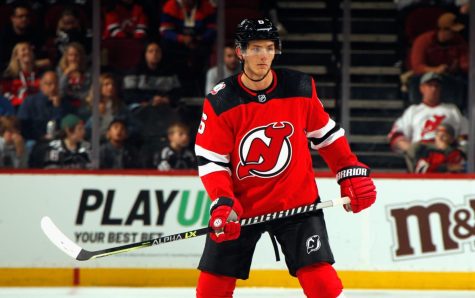
In another move to shake up the defense core, Hextall sent Mike Matheson to the Montreal Canadiens for defenseman Jeff Petry and forward Ryan Poehling.
Matheson was 28 when he was traded. The incoming Petry was 34. Trading for older players isn’t a bad idea when you are in win-now mode, but the trade needs to work. And this trade was, at best, a coin flip.
Matheson was definitely not the problem for the Penguins in 2021-22 (neither was Marino), but out the door he went. In Montreal this season, he had a career year with 34 points despite the Canadiens battling their way through a rebuilding phase.
Petry was not bad this season, but I think the Penguins could have greatly benefitted from having Matheson’s services this season.
Among other decisions in the re-signing department included bringing back the struggling Kasperi Kapanen. After an impressive 2020-21 with the Penguins, his game fell off massively, and by the end of his prior deal he was definitely a player who could use a change of scenery to turn his career around (as he started to do in St. Louis).
The Kapanen signing made no sense whatsoever, signing a struggling player who’s offense was incredibly spotty to a multi year deal with a $3.2 million dollar cap hit.
Kapanen’s offense virtually disappeared on the ice, with extended goal droughts plaguing his ability to move up the lineup. Midway through the season he was buried permanently in the bottom six, and even spent a few nights in the press box. In February, the Penguins placed him on waivers, where he was claimed by the Blues and started to find his game again.
And that brings us to this year’s trade deadline. The Penguins were in the fight of their lives for a playoff spot in an extremely competitive Eastern Conference. Even though a top three spot in the division was looking less and less likely, a wild card spot was definitely still attainable, and the Penguins could get some help from acquisitions at the deadline.
Hextall made four moves at the deadline. None of them worked out.
To clear up some cap space, Hextall traded struggling forward Teddy Blueger to the Vegas Golden Knights for a defensive prospect. Blueger, a depth forward and solid penalty killer, didn’t really find his scoring touch with Vegas after the trade, but the penalty kill unit at times definitely could have used Blueger’s boost after the deal.
With that new found space, Hextall added veteran forward Mikael Granlund from the Nashville Predators for a 2nd round pick.
And then in two separate trades, he picked up former Penguin forward on their Cup-winning teams Nick Bonino from San Jose for two late round picks, and defenseman Dmitry Kulikov from the Anaheim Ducks for Brock McGinn (who after a strong start had fallen off a cliff) and a 3rd round pick shortly after they had placed McGinn on waivers.
The Kulikov trade at the time made it so the Penguins had 10 NHL-level defenseman, which was a bit of a logjam to say the least.
But Kulikov and Bonino would play less than 10 total games combined as Penguins this season. Now in fairness to Hextall, this can’t possibly be his fault, but both players suffered major injuries shortly after their season debuts and missed extensive time.

Mikael Granlund, the lone remaining healthy trade acquisition, had a miserable go as a Penguin. Granlund recorded only 1 goal and 4 assists in 21 games.
While known much more as a passer than a shooter, Granlund definitely missed several opportunities to score, and his passing game wasn’t excellent either.
At the time of the trade, I wrote that Granlund’s cap hit of $5 million could be manageable if he produces but very steep if he struggles. It has indeed become quite steep.
But even if they wanted to, the Penguins can’t simply cut their losses on what has (so far) been a failed experiment, as Granlund has two years left at that cap hit. Yet another Hextall move that only hurt the team.
I bring all of these moves over the past three seasons to come to this: on Monday, the New York Islanders had given the Penguins an absolute gift. The Islanders loss (to Washington no less) meant that all the Penguins had to do was win their final two games of the season, and they would make the playoffs.
Pittsburgh’s last two games were against the two worst teams in the league, at home against Chicago and then in Columbus. It was a dream scenario.
But on Tuesday, that dream slowly became a nightmare. After surrendering the first goal, the Penguins answered back to make it 1-1. The crowd was electric, and the team had been peppering Chicago with shots all night.
But off a quick shot right in front of the net, Chicago made it 2-1.
Off the rush, they made it 3-1.
Two empty net goals by the Blackhawks and a garbage time goal by Danton Heinen made the final score 5-2. A faint “Fire Hextall!” chant echoed through the building in the third period.
In the most important game of the season, with everything on the line, the Penguins put together one of the worst, most pathetic efforts of the season on display during Fan Appreciation Night.
It was a stunning microcosm of how the entire season went. So many shots, so many chances, in a game the Penguins frankly should have destroyed their opponent, that ended in a loss.
This performance itself was not Hextall’s fault, that rests solely on the players.
But he built this team. He constructed this roster. It was his job to build a roster around Sidney Crosby, Evgeni Malkin, and Kris Letang. It was his job to help this team take another run at a Stanley Cup, something that at one point looked attainable.
It’s why they brought Malkin and Letang back. It’s why Malkin and Letang wanted to come back.
But this team, this roster, had a god awful year. They didn’t deserve the playoffs.
We as fans and the media seem to say this after every season nowadays, but this trio truly doesn’t have many years left, and as much as it hurts to say, this team’s best days have been behind them for a while now. But a roster with Sid, Geno, and Tanger should always have a chance at a Cup.
With the Islanders’ win on Wednesday, the Penguins’ 16 year playoff streak, the longest active streak in North American professional sports, officially came to an end.
When an organization fails as hard as this one has, you have to start from the top down. Ron Hextall’s terrible decision making, from questionable free agent signings, to terrible trades, to his refusal to fix the team’s goaltending, has doomed this team.
Sidney, Evgeni, and Kris didn’t deserve this.
John Henry, Tom Warner, and Fenway Sports Group shouldn’t be “grateful” for the contributions of Hextall to this team over the past two seasons. They should only be grateful that he will never have anything to do with this organization ever again.
Firing Hextall was the first of several steps this organization will need to be back in contention talk next year. They will have a very critical offseason ahead of them, one that could make or break how the rest of this chapter in Penguins history goes.
As for who could potentially replace him, the team said that the search for a new hockey operations leadership will begin immediately.
Fenway’s Dave Beeston added that they would love to get Mario Lemieux back in the fold more with the team.
“He is, of course, not only welcome but wanted back whenever he wants,” Beeston said.
Fenway prides themselves on “preserving, protecting, and enhancing the organizations they acquire.”
Now here’s their chance to take charge.
Alex Kiger is a Senior at Pittsburgh Allderdice High School. He is the Sports Editor at The Foreword from 2021 to 2023. In his free time he can often be...


